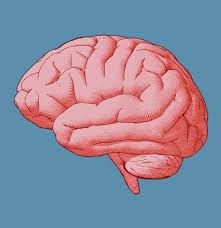Dr. Anita Bhandari, a neurotologist and ENT surgeon, describes the human brain as a marvel of action, likening its complexity to the Milky Way galaxy. With over 100 trillion connections, the brain processes vast amounts of data from the body, issues commands, and integrates information from the vestibular (inner ear balance system), visual, and proprioceptive (awareness of body position) systems. This integration ensures spatial orientation and balance.
Disruptions in this equilibrium can occur when the brain receives distorted signals or processes them abnormally, leading to vertigo, balance disorders, and falls. Various factors, such as viral infections of the balance nerve or age-related deterioration (presbyastasia), can cause vertigo and dizziness. The brain adapts to these changes through vestibular rehabilitation, which utilizes neuroplasticity—the brain's ability to change and adapt—to develop new pathways and enhance stability.
Neuroplasticity also plays a crucial role in cognitive functions. Engaging the brain in different ways can improve cognition, creativity, and memory, and cognitive exercises have been shown to slow down and even reverse mental aging. As Dr. Bhandari emphasizes, "Exercising your brain is as important as exercising your muscles!"
